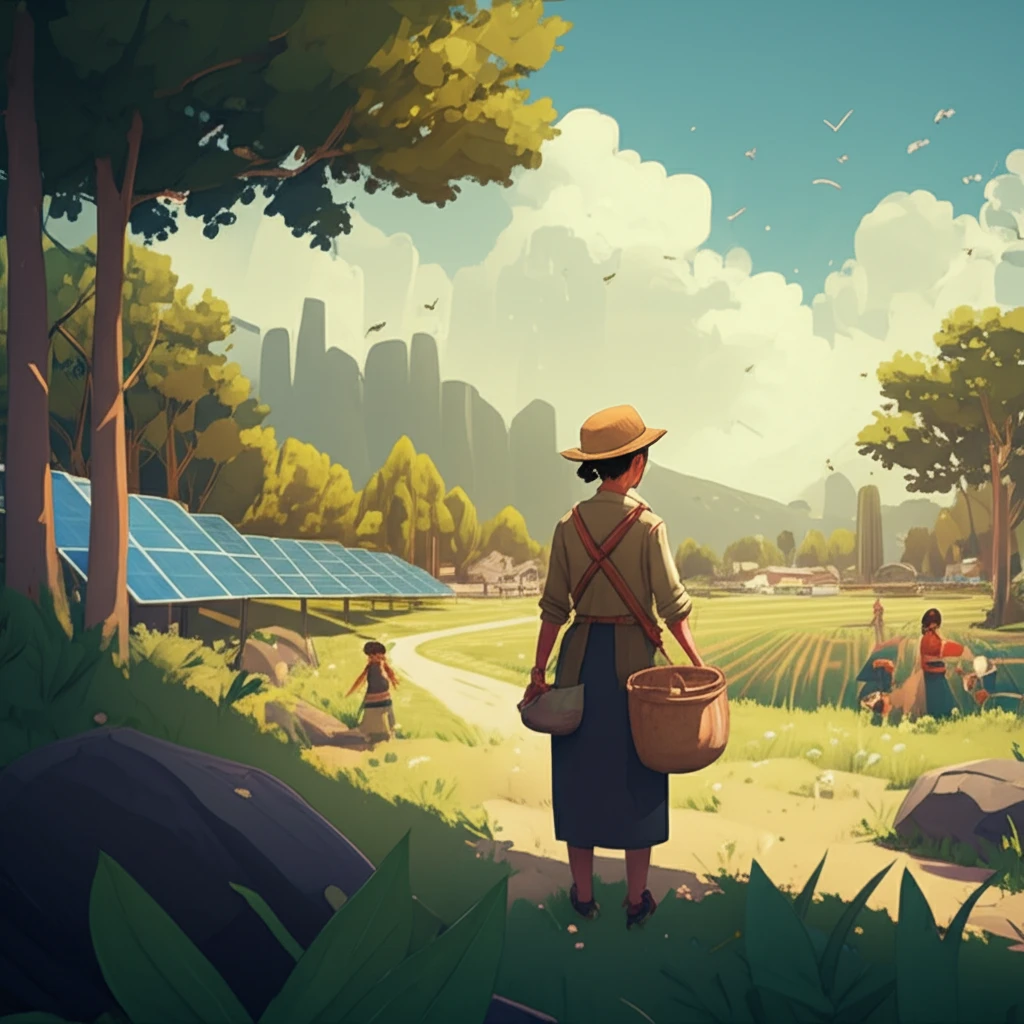
Rural Revival: Can Social Economy Bridge the Gender Gap and Boost Communities?
"Explore how social economy initiatives are empowering women, bridging the gender gap, and driving sustainable growth in rural areas. Learn about successful strategies and policies that foster equality and economic resilience."
In an era marked by increasing awareness of gender inequality and the urgent need for sustainable development, rural communities face unique challenges. Socioeconomic disparities often widen in these areas, disproportionately affecting women, who experience the combined disadvantages of gender and geographic location. However, these very challenges present opportunities for innovative solutions.
The social economy, with its emphasis on cooperation, solidarity, and equity, emerges as a powerful tool for addressing these disparities. By prioritizing social impact over profit, social economy enterprises can empower women, create economic opportunities, and foster community resilience in rural areas. This approach not only promotes gender equality but also contributes to the overall revitalization of these often-overlooked regions.
This article delves into the potential of the social economy to bridge the gender gap and drive sustainable growth in rural communities, drawing on insights and examples from across the globe. It examines the strategies, policies, and real-world initiatives that are making a difference, offering a roadmap for creating more equitable and prosperous rural futures.
Understanding the Gender Gap in Rural Areas: Why is it Wider?

The gender gap, a pervasive issue worldwide, often manifests more acutely in rural areas. Several factors contribute to this disparity, creating a complex web of challenges for women living in these communities. These challenges range from economic limitations and lack of access to services to deeply ingrained social norms and expectations.
- Limited Access to Resources: Rural women often have less access to education, healthcare, financial services, and technology, hindering their ability to start businesses, improve their skills, and participate fully in economic activities.
- Social Norms and Expectations: Traditional gender roles can be more entrenched in rural communities, placing disproportionate responsibility on women for household chores, childcare, and elder care, limiting their time and opportunities for paid employment or education.
- Lack of Infrastructure and Services: Inadequate transportation, childcare facilities, and other essential services can make it difficult for women to balance work and family responsibilities, further restricting their participation in the workforce.
- Political Under-representation: Women are often under-represented in local decision-making bodies, limiting their ability to influence policies and programs that address their specific needs and challenges.
The Path Forward: A Call to Action
The journey towards gender equality and sustainable development in rural communities is a complex but achievable one. By recognizing the unique challenges faced by women in these areas and embracing the power of the social economy, we can pave the way for a more equitable and prosperous future. This requires a concerted effort from policymakers, community leaders, social entrepreneurs, and individuals alike.
